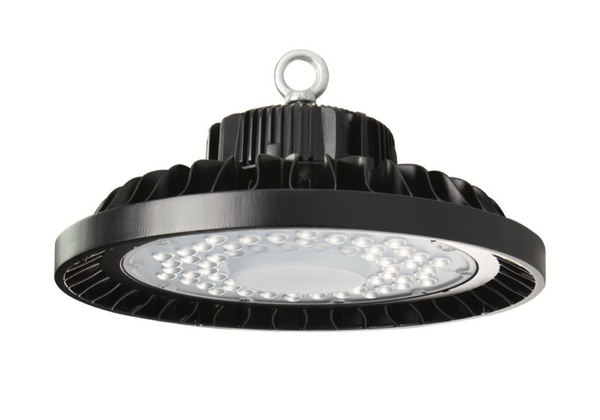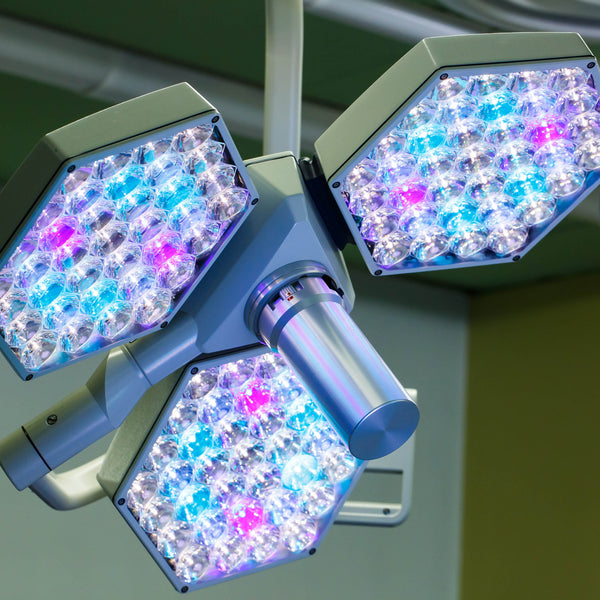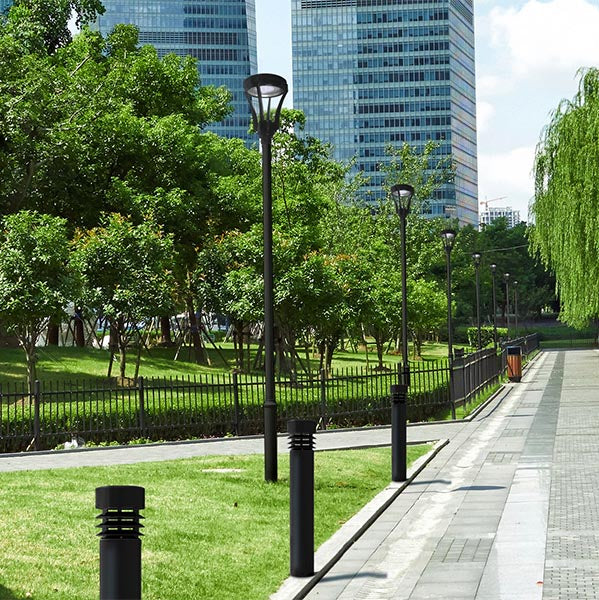8 Reasons Why Cities are Installing Bollards in High Traffic Areas It’s not just counter-terrorism

November 30, 2017
Regardless of where you live, you’ve likely passed by hundreds of bollards during your lifetime, yet probably never paid much attention to them. It’s what makes them a silent hero—if constructed the right way.
A bollard is a post that typically measures 36” to 52” high, is made from strong materials such as steel, concrete, timber, or polymer, and can be removable or fixed. If the bollard is fixed, this means once installed it cannot be easily removed. In some circumstances, to prevent removal of the bollard and add security, it is embedded in concrete substrate. If a bollard is removable or operable, then typically it is lowered into a crevice in the ground, or unlocked using a key and removed from the premises.
Since a bollard can be made from a variety of materials and can be fixed or removable, they are not universal in composition. They are, however, universally seen as being a protectant of property, pedestrians, and roads. This is why they can be found guarding storefronts, pathways, and parking lots, with more recently being added to city plazas, along major tourist roadsides, and used within mixed-use public spaces.
With recent events unfolding around the world, including vehicular attacks in pedestrian centric locations, cities are responding by installing bollards in high traffic areas. Though the main reason we are seeing more bollards being implemented is an effort in counter-terrorism, there are multiple other reasons for them as well:
-
Preventing unauthorized parking
Whether it’s a festival in a park or an event happening downtown, when parking becomes limited, individuals usually turn to parking in an unauthorized manner. This includes parking on curbs, grass, or other areas where parking is not permitted. One way to avoid this from happening is by installing bollards in spaces prone to illegal parking so that cars are prevented from parking in the blocked area.
-
Reinforce curbs
In addition to preventing unauthorized parking, bollards around premises also act as a way to protect pedestrians from cars that attempt to mount the curb, regardless of whether or not their reason for mounting the curb was intentional. Since safety at intersections is compromised by cars that can mount unprotected curbs, you’re likely to find bollards at major intersections of cities. They will act as a way to protect the pedestrians that are near an intersection or approaching one.
-
Manage automobile traffic
While bollards are mostly seen as a way to protect, they also act as an informal policing mechanism. When installed along streets, bollards give the illusion of the street being narrower. Motorists are said to become more cautious in tighter spaces, which gives bollards the indirect ability to then manage the speed of traffic.
-
Separate walkways from parking areas
In addition to slowing and managing motorist traffic, bollards also influence the behavior of pedestrians. Having a row of bollards not only physically separates the sidewalks and walkways from parking areas, but also creates a visual distinction between the two. This helps to keep pedestrians away from the roadside, and walking along the path in a uniform manner.
-
Create a barrier around monuments
Even though bollards are mostly seen along pathways, in recent years they have also been used to protect monuments in high traffic areas. Though you may immediately think that the bollards are being used to protect monuments from terrorism attacks (and they can), they are also being used as a way to prevent tourists and other visitors from getting too close. Having a series of bollards around a monument prevents an individual from touching, climbing, or disturbing a monument in any manner.
-
Landmarking businesses
While bollards are used for monuments to deter attention, in a world of increasing competition for business, some store owners have opted for adding bollards to a storefront. This is because bollards are not only ideal for providing safety to the store but also can also become landmarks for meet-ups. When a store installs bollards, the store owners will see an increase in traffic to the store and have security measures in place.
-
Bike parking
As cycling becomes a more prominent mode of transportation, cities are responding by offering bike parking bollards. These bollards look similar to a traditional one—however, to accommodate bikes, they have curved arms on the sides. This allows for cyclists to loop their bike lock around the arm and their bike. Once the bike is secured with a lock, it makes it impossible to slide the lock off, which makes the bike bollards an efficient way to increase parking for bikes as well as the safety of the perimeter.
-
Visual protector of property and pedestrians As we’ve mentioned, bollards are mainly known for offering protection. This doesn’t mean, however, that every bollard must be capable of protecting. Depending on the speed of the car, the impact can cause the bollard to bend. In some instances, a flexible bollard may even be used. This is because unless the bollard is specified for safety against cars, a different type can be used for more decorative purposes, such as outlining a path or keeping individuals off a lawn. The use of various bollards is how they’ve become known to protect not only pedestrians, but also landscapes.
-
Ultimately, although bollards are seen as a protective measure, they also demonstrate other uses, such as being a landmarker, a bicycle parking solution, a way to visually separate lanes, or a deterrent from mounting the curb. So the next time you see a bollard, consider its function. While you may feel safe because you see one, it could just be guiding you along a path rather than protecting you.
Author:
Emily Matlovich is the writer for CADdetails' blog Design Ideas for the Built World. The blog is an extension of CADdetails.com, the leading provider of manufacturer-specific building product information, high-quality CAD drawings, 3D models, BIM files, and projects. All of their high quality, digital content is available for download 100% free of charge.
This post was originally published on Reliance Foundry's blog



